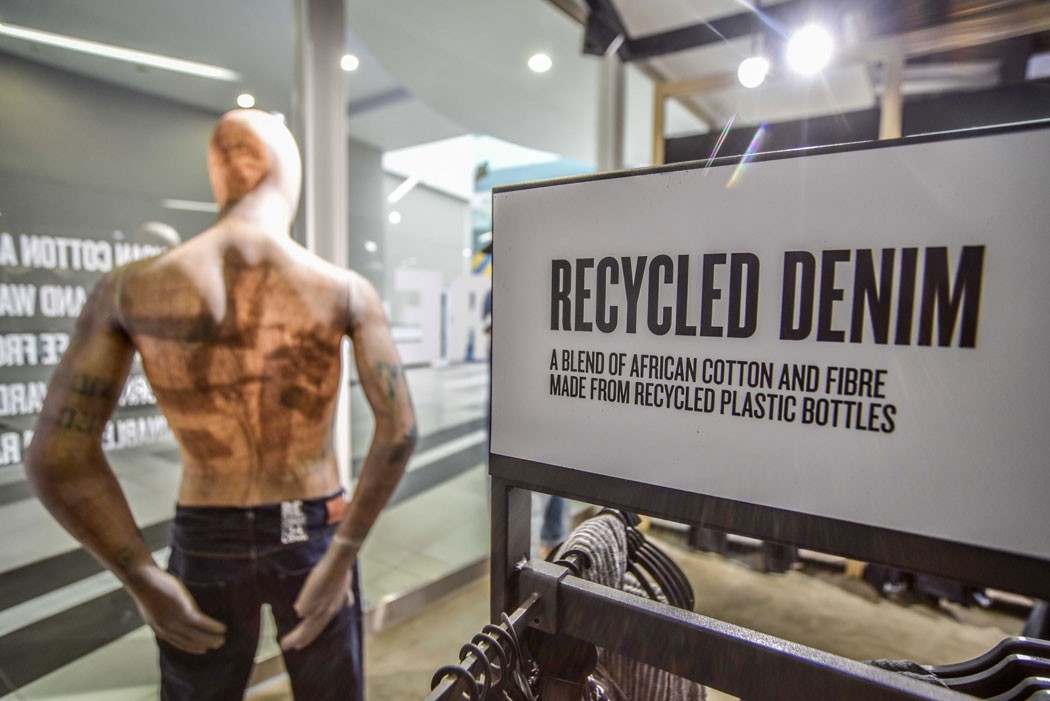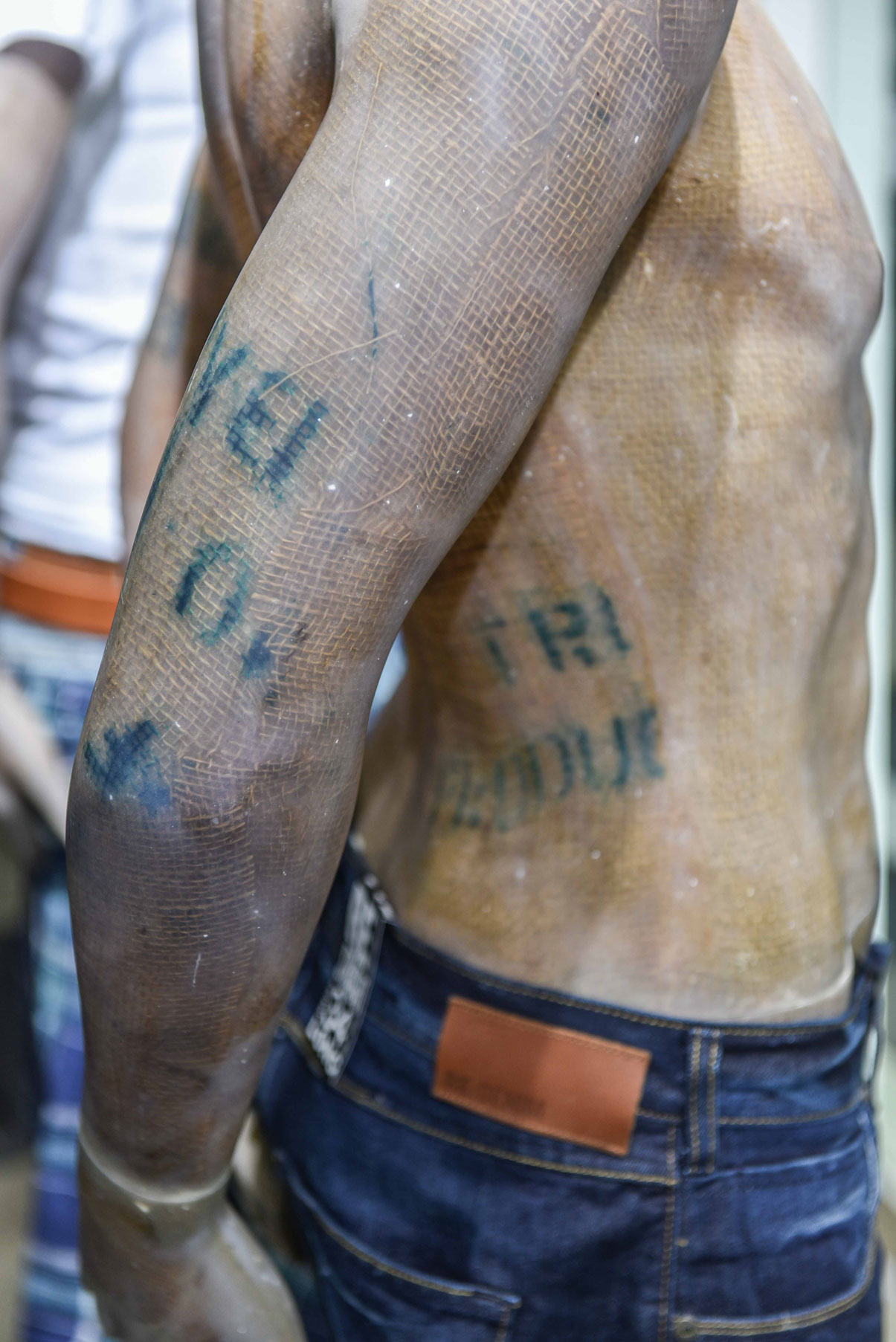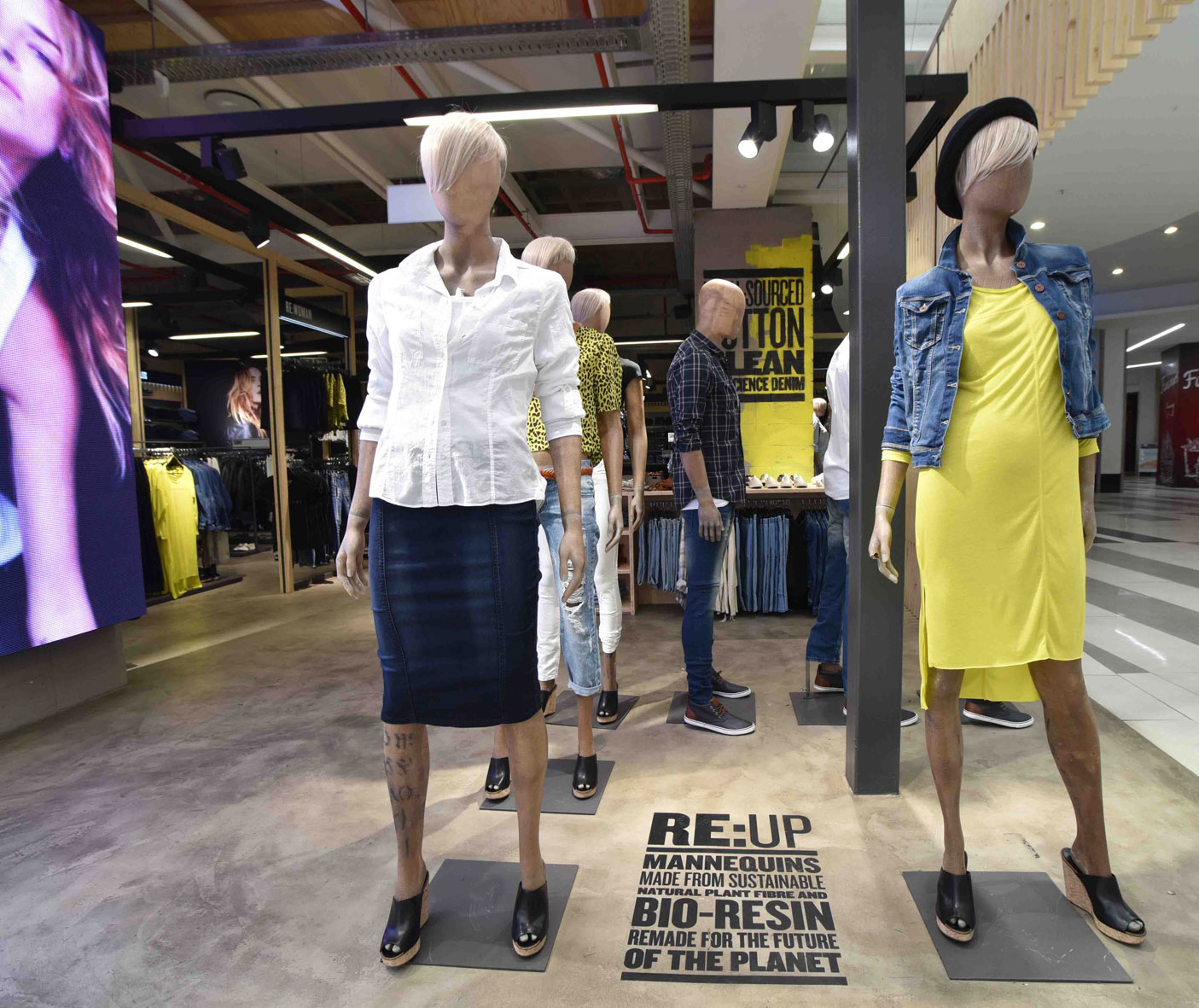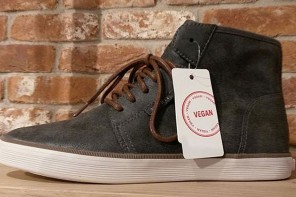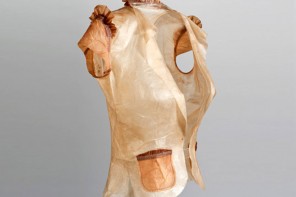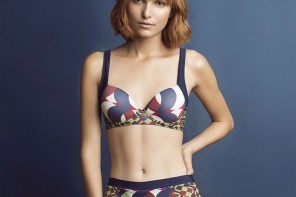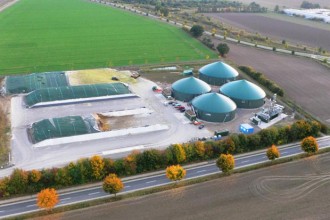RE:, the iconic and edgy denim brand known for its sustainability credentials has launched its first trendy and innovatively designed standalone store in Menlyn, Pretoria and introduced a first for the South African retail environment with their use of specialised, sustainable mannequins. The result of over three years’ research and development, the mannequins are produced from natural plant fibres and bio-resins which come from an Asian indigenous sustainable source ensuring that this truly is a green mannequin. In line with the RE: brand reputation as the authority on sustainability, the production of the mannequin also uses a higher level of recyclable and bio-degradable raw material content without any sacrifice to strength or aesthetics.
“When compared to conventional fibre glass mannequins the eco-mannequin has up to 20% less styrene content. There is also less mineral content as glass fibres have been replaced by natural plant fibres. Where required, it can be finished in a biodegradable water-based coating.” says Justin Smith, head of Sustainability for Woolworths. “We’ve focused on a green store strategy for a number of years encompassing store design and fittings, including using recycled content in our trolleys, baskets and hangers, so this is really the next step on our journey.”
Woolworths, in a bid to ensure that it meets it’s GBJ target of a globally reduced carbon footprint ensures the use of the mannequin material is 45-55% biodegradable vs a fibre glass mannequin that is not biodegradable. It provides a reduction in CO2e emissions of approximately 60% over a conventional fibre glass mannequin and also allows for substantially more opportunities for recycling at the end of life, but can alternatively be burned to provide energy with a calculated calorific value that is higher than wood or paper.
The test standard for these criteria is measured over 28 days and there is an expectation that it will reach 80% biodegradability over a longer period of, say 5 years.

